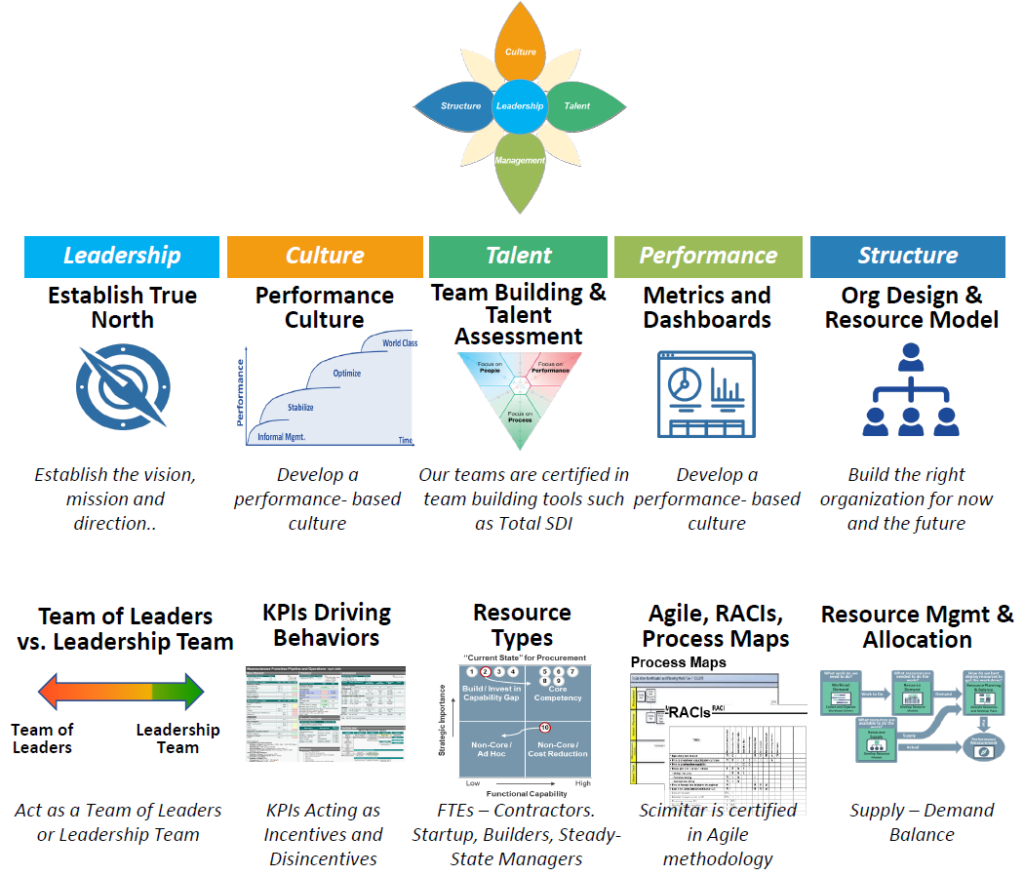
AI and Drug Discovery: The Virtual Lab’s Role in Revolutionizing Biopharma R&D
| Intended Reader Biopharma leaders | Key Takeaways AI-driven Virtual Labs are set to revolutionize biopharma R&D. AI agents successfully designed and validated a groundbreaking













